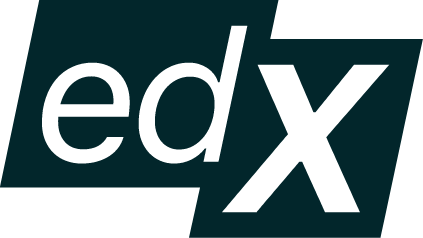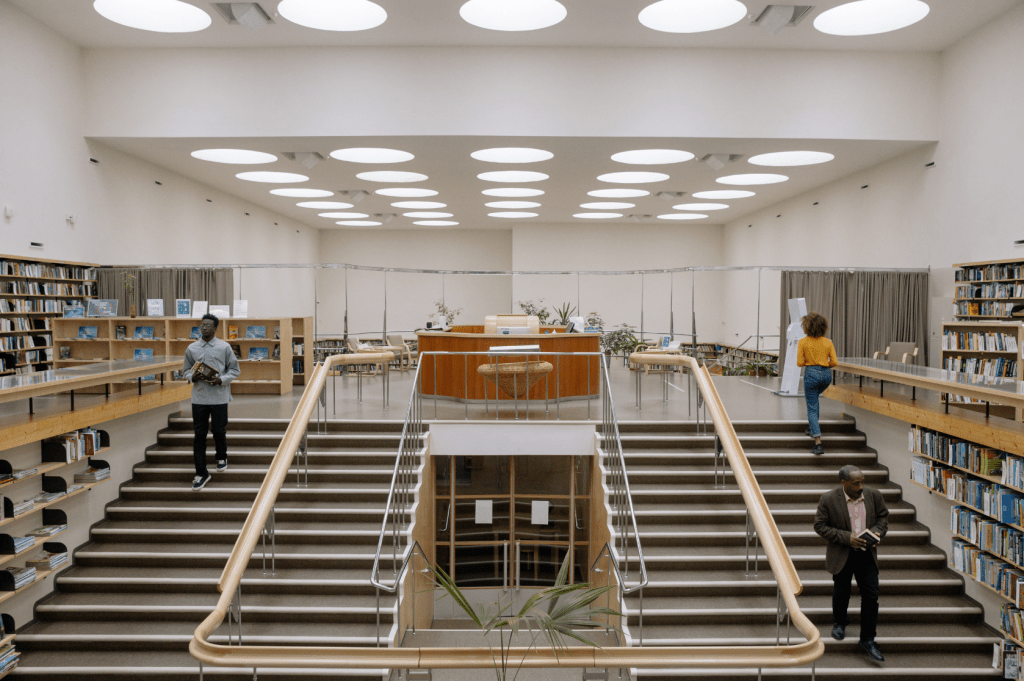
As a UX/UI designer, you know the importance of developing user-centric experiences. The interview is an opportunity to show how your experience and skills make you the best fit for the role. Learn how to present your expertise in a way that highlights your value as a UX/UI designer.
As you prepare, use this resource to showcase the most relevant technical and professional skills that will make you stand out as a candidate. We’ve curated the most commonly asked interview questions with categories that range from general and technical to senior level.
Interview questions by category
We have categorized the interview questions into three sections. Feel free to read straight through or jump to the sections that interest you most.
Tell me about yourself.
Give a snapshot of your work history.
- Past — Previous experience and education
- Present — Your current job and how it’s preparing you for this role
- Future — Why you want the job you’re interviewing for
Your snapshot should show the interviewer how your experiences equip you with the skills to succeed at their company and why you are interested in the specific role.
What are your greatest strengths and weaknesses as a UX/UI professional?
Consider the job description and the required skills in the posting, and align your answer with a skill you’ve mastered. Discuss your areas of expertise and how they will benefit the organization, team, or position. For weaknesses, discuss a skill that you are actively working to improve. Explain the steps that you have already taken to improve this skill, and the success you have already achieved. Be sure not to cite necessary skills for this position as weaknesses.
Why do you want this job?
Demonstrate that you’ve researched the company, and express what you like about it and why your skills would be a good fit for the job. Explain how the role will contribute to your career progression and what you can contribute to the team. Let them know what about the job and company excites you. Be specific and express enthusiasm about potentially working for the company.
Where do you see yourself in five years?
This question is designed to probe your career goals and vision. Tell your interviewer about your career aspirations and ambitions. Express your desire to succeed and explain how this job will contribute to your progress. This is an opportunity to show that you are goal-oriented and that you have a plan to achieve those goals.
Helpful resources:
Prepare thoughtful questions to ask the interviewers. This not only demonstrates your interest in the company but also helps you assess whether the company’s culture and values align with your career goals.
What have you done to develop your technical skills, especially in the context of preparing for a career in the UX/UI industry?
Employers seek candidates who are comfortable working in an innovative and ever-changing field. Describe a project that demonstrates your technical abilities and showcases your adaptability to new technologies, processes, or markets. You can draw upon your course projects, certifications, personal projects, prior work experience, or networking within the industry to craft a concise yet comprehensive response using the STAR Method (learn more about the STAR Method in our Behavioral interview prep guide.)
How do you stay abreast of industry trends?
This is an excellent opportunity to show that you are passionate about UX/UI and willing to put forth the extra effort to stay current on the latest news and trends in the industry. Cite three to four ways you track the industry and how each process or tool benefits you.
What is the importance of conducting user research in the UX/UI design process?
Explain how user research helps in understanding user behaviors, needs, and preferences. Emphasize that it guides design decisions, leading to user-centered products. Mention methods like interviews, surveys, and usability testing. Share an example where user research influenced a design choice and improved the user experience.
Can you describe the process of creating user personas and how they inform design decisions?
Outline the process of developing user personas by researching and understanding your target audience’s demographics, behaviors, goals, and pain points. Explain that personas act as representative archetypes, helping designers empathize with users and make design choices that align with their needs. Provide an example of how a persona influenced a design decision.
How do you approach usability testing and incorporate user feedback into your designs?
Explain that usability testing involves observing real users interacting with a prototype or product to identify usability issues. Discuss the iterative nature of design, where feedback gathered from usability testing informs design refinements. Mention the importance of conducting testing sessions with a diverse group of users and using their insights to prioritize improvements.
What is your strategy for ensuring a smooth user experience across various touchpoints and interactions?
Describe the process of mapping out user journeys, which involves identifying key touchpoints and interactions users have with a product or service. Explain how you ensure consistency by maintaining a clear design language, using recognizable patterns, and ensuring a smooth transition between different stages of the journey. Share an example of how you crafted a cohesive user journey in a complex project.
How do you approach incorporating user feedback into your UX/UI design iterations?
Explain your process of gathering user feedback through usability testing, user interviews, or user surveys. Discuss how you analyze this feedback to identify pain points or areas for improvement in the UX/UI design. Describe your approach to prioritizing and implementing design changes based on the feedback received, and how you ensure that the changes align with the original design goals.
Technical screenings:
You will find that some employers include technical screenings as a part of the hiring process. Technical screenings are an opportunity for you to demonstrate your technical skills in the form of an assessment, live interview, or take-home project. Learn more about technical screenings in our Technical screening guide.
Why do you want to be a leader in our company?
Your response gives the interviewer a sense of how you’ve conceptualized this leadership role and if you’re ready for the responsibilities. They may also want to assess how well your professional values align with the company values. Discuss what you enjoy about being a leader and/or experiences that have prepared you for leadership.
Expert advice
“When preparing for an interview: Research and understand the values and mission of the company and reflect on how that resonates with your personal values and mission. This demonstrates genuine interest and shows how well a candidate aligns with the company’s values, beliefs, and work environment.”
– Andrea B., career expert at edX

How do you respond to constructive feedback on your projects?
The process of UX/UI design usually requires several rounds of corrections. Show the interviewer that you value and seek out constructive criticism. Use the STAR Method to discuss a time when you received positive feedback and how you used it to improve the project.
Can you describe a situation where you had to balance user needs and business requirements in a UX/UI project?
Detail a specific project where user needs and business goals seemed to conflict. Explain how you navigated this challenge by finding common ground and identifying areas of alignment. Discuss how you conducted user research to understand user motivations and pain points, and how you presented the findings to stakeholders to demonstrate the value of user-centered design. Highlight the positive outcome that resulted from your approach.
How do you prioritize features and design elements in a project with tight timelines?
Explain that prioritization involves understanding project constraints and identifying the most essential components for a successful user experience. Discuss your approach to gathering stakeholder input and analyzing user needs to prioritize features. Share how you communicate your prioritization rationale with the team and stakeholders to align expectations.
Can you discuss a time when user testing led to significant design changes?
Share a scenario where user testing uncovered unexpected insights that prompted design revisions. Explain how you set up and conducted the user testing sessions, what issues or pain points were identified, and how these findings influenced your design decisions. Highlight your ability to adapt and iterate based on user feedback to ultimately improve the user experience.



